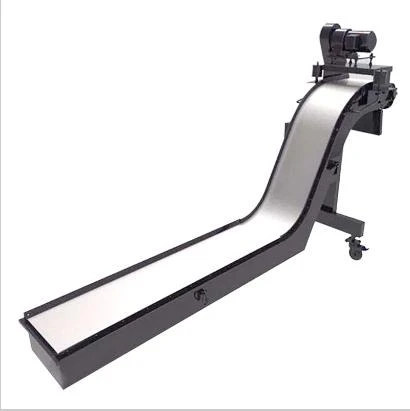Understanding the Mechanics and Applications of Synchronous Round Belts
Understanding Synchronous Round Belts An Essential Component in Modern Machinery
In the world of mechanical engineering and industrial applications, a variety of components play crucial roles in the efficient functioning of machinery. Among these components, synchronous round belts have emerged as essential parts in numerous applications, especially in systems requiring high precision and reliability. This article will delve into the details of synchronous round belts, their designs, applications, and advantages.
What are Synchronous Round Belts?
Synchronous round belts, often referred to as timing belts, are mechanical components used for transmitting power between rotating shafts. Unlike traditional belts, which rely on friction for power transmission, synchronous belts engage with toothed pulleys to ensure precise movement. This tooth engagement minimizes slippage, making them ideal for applications requiring accurate positioning and synchronization of moving parts.
Synchronous round belts are typically made from high-quality materials, including rubber composites, polyurethane, or a combination of both. These materials contribute to the belts' durability and flexibility, allowing them to withstand a wide range of temperatures and environmental conditions.
Design Features
The design of synchronous round belts is characterized by their unique tooth profiles. These teeth fit into corresponding grooves on the pulleys. The geometry of the teeth ensures a tight fit, which is essential for maintaining timing and synchronization between the driving and driven parts of a system. The most common tooth profiles include trapezoidal, rounded, and, more recently, curvilinear designs, each providing specific benefits in terms of load capacity, wear resistance, and noise reduction.
Moreover, synchronous belts come in various sizes and lengths to suit different applications. The round design of these belts allows for easier handling and installation, and it also contributes to the overall efficiency of the drive system.
Applications of Synchronous Round Belts
synchronous round belt

Synchronous round belts are widely used across various industries due to their precision and reliability. One prominent application is within the automotive sector, where they are integral to timing systems in engines. The ability of these belts to maintain proper timing ensures that engine components operate smoothly, thereby enhancing performance and fuel efficiency.
In the manufacturing industry, synchronous belts are employed in conveyor systems, robotics, and automated machinery. Their precision allows for synchronized motion, which is vital in processes where timing is critical. For example, in pick-and-place applications, synchronous round belts help position items accurately, leading to improved productivity and reduced error rates.
Another notable application can be found in the print and packaging industries, where synchronous belts are used in high-speed printing machines and packaging lines. Their ability to maintain synchronization enables fast and efficient operation, crucial for meeting demanding production schedules.
Advantages of Synchronous Round Belts
The benefits of using synchronous round belts are numerous. Firstly, their design ensures minimal slippage, which translates to enhanced efficiency and power transmission. Compared to traditional V-belts, synchronous belts reduce the likelihood of energy losses, contributing to better overall performance.
Secondly, synchronous round belts require less maintenance. Due to their robust construction and the reduced need for tension adjustments, they can operate for extended periods without frequent inspections or replacements. This durability translates to lower operational costs over time.
Additionally, the compatibility of synchronous round belts with various materials and environmental conditions makes them versatile. They can function effectively in both high and low-temperature settings and are resistant to wear and abrasion, which is particularly important in demanding industrial environments.
Conclusion
In summary, synchronous round belts are vital components in modern machinery, offering precision, durability, and efficiency in power transmission. Their unique design features and versatility across diverse applications make them indispensable in various industries. As technology continues to advance, the development of synchronous round belts will likely evolve, further enhancing their performance and expanding their applications. As engineers and manufacturers seek solutions for more efficient and reliable systems, synchronous round belts will undoubtedly play a pivotal role in shaping the future of mechanical design and industrial processes.








